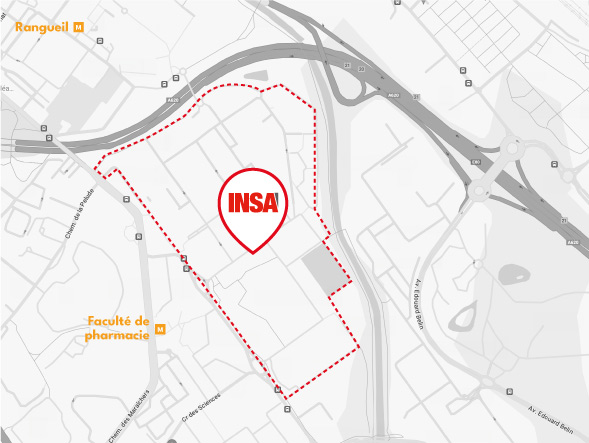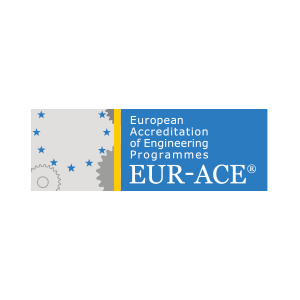1. Notion of hyperstaticity
2. Force method
2.1 Associated system: static equivalence and kinematic equivalence
2.2 Energetic method
2.3 Special cases: articulated trusses
2.4 Special cases: continuous beams
3. Displacement method
3.1 Kinematic analysis
3.2 Locking and embedding moments
3.3 Principle of virtual work for Rigid Body Motion
Analysis of Static Structures
Description
Objectifs
By the end of this module, students should have understood and be able to explain : Students should be able to :
- the distribution of internal forces in structures under static mechanical loads (continuous beams, trusses, frameworks, etc.) and the associated fields of stress, strain and displacement;
- the essential elements of a calculation note.
- formulate and justify relevant hypotheses for the static resolution of a structure;
- determine the degree of hyperstaticity of a structure;
- solve a hyperstatic structure using the force method;
- solve a hyperstatic structure using the displacement method;
- argue the choice of resolution method;
- calculate the support reactions of the structure;
- draw internal force diagrams (bending moment, shear force, normal force);
- calculate structural deformations (displacements, rotations);
- write a clear, accurate and concise calculation note.
Pré-requis
Solving isostatic systems and determining internal forces.
Évaluation
L’évaluation des acquis d’apprentissage est réalisée en continu tout le long du semestre. En fonction des enseignements, elle peut prendre différentes formes : examen écrit, oral, compte-rendu, rapport écrit, évaluation par les pairs…
En bref
Crédits ECTS :
Nombre d’heures : 56.0

INSA Toulouse
135 avenue de Rangueil
31077 Toulouse cedex 4
Tél : 05 61 55 95 13
Fax : 05 61 55 95 00

Dans un souci d'alléger le texte et sans aucune discrimination de genre, l'emploi du genre masculin est utilisé à titre épicène.











